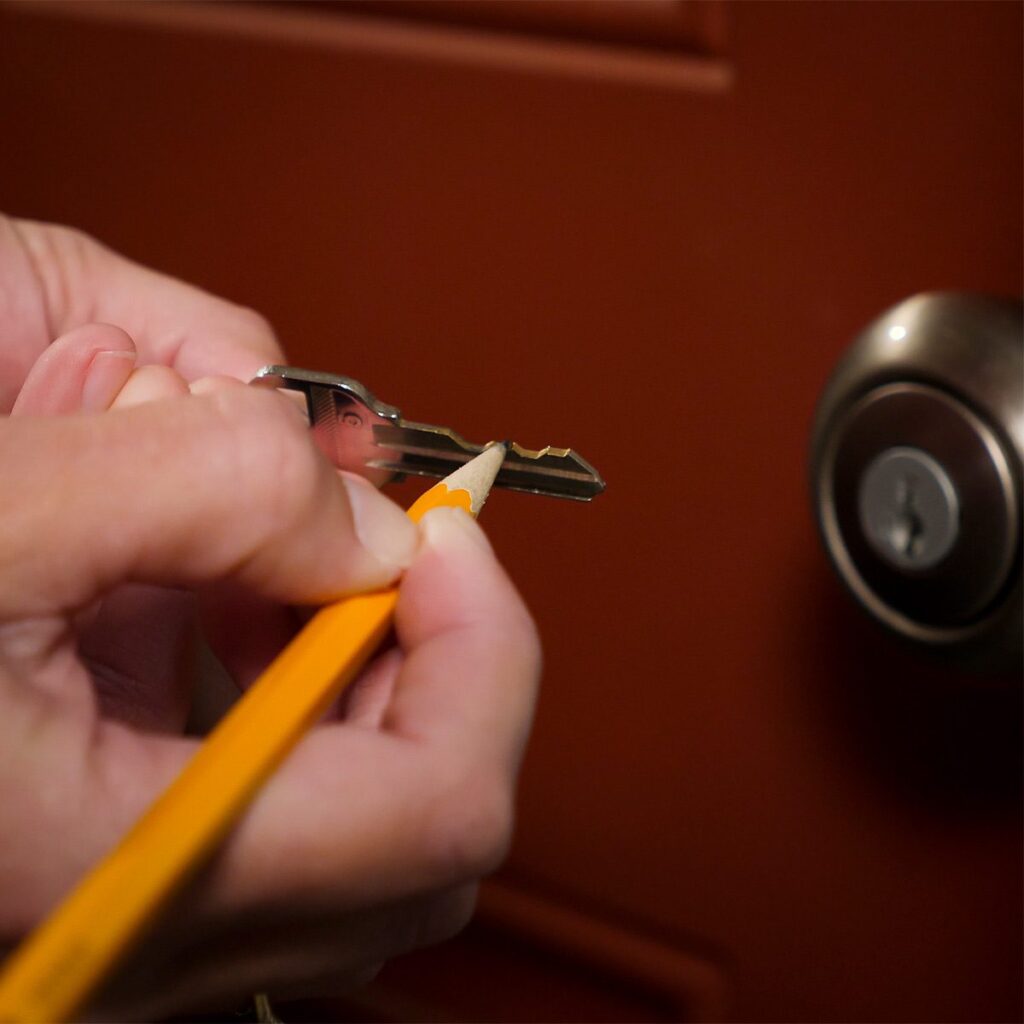Say Goodbye to Sticky Locks with This Easy Method
Ensuring your locks function smoothly is crucial for home security. While locksmiths often use powdered graphite, there’s an easier and less expensive alternative: a simple pencil. In this step-by-step guide, we’ll walk you through how to lubricate your locks using graphite from a pencil.
Why Use Graphite?
Locksmiths have long relied on powdered graphite to lubricate locks because it effectively reduces friction within the lock mechanism. If your key refuses to slide fully into the lock, powdered graphite can help. However, if you don’t have powdered graphite on hand, a pencil can serve as a convenient substitute door lock lubricant.

Step-by-Step Guide to Lubricating Your Locks
- Prepare Your Key: Take a sharp pencil and generously rub the teeth of the key with it until the surface is covered with a thick coat of graphite. Don’t be shy; the more graphite, the better!
- Insert the Key: Insert the graphite-covered key into the lock. This action will deposit the graphite into the lock mechanism. If the key still doesn’t glide smoothly, repeat the process several times until the key moves effortlessly.
- Test and Repeat: After inserting and removing the key a few times, test the lock by turning the key. If it still feels sticky, apply more graphite and repeat the process.
The Benefits of Using a Pencil
Using a pencil for door lock lubricant is a quick and easy fix, especially in a pinch. It’s a cost-effective and accessible solution that can save you time and money.
By following these simple steps, you can ensure your locks are well-lubricated and functioning smoothly. Regular maintenance can prolong the life of your locks and keep your home secure. Happy DIYing!
Source:
100 Home Repairs You Can Do Yourself — The Family Handyman
